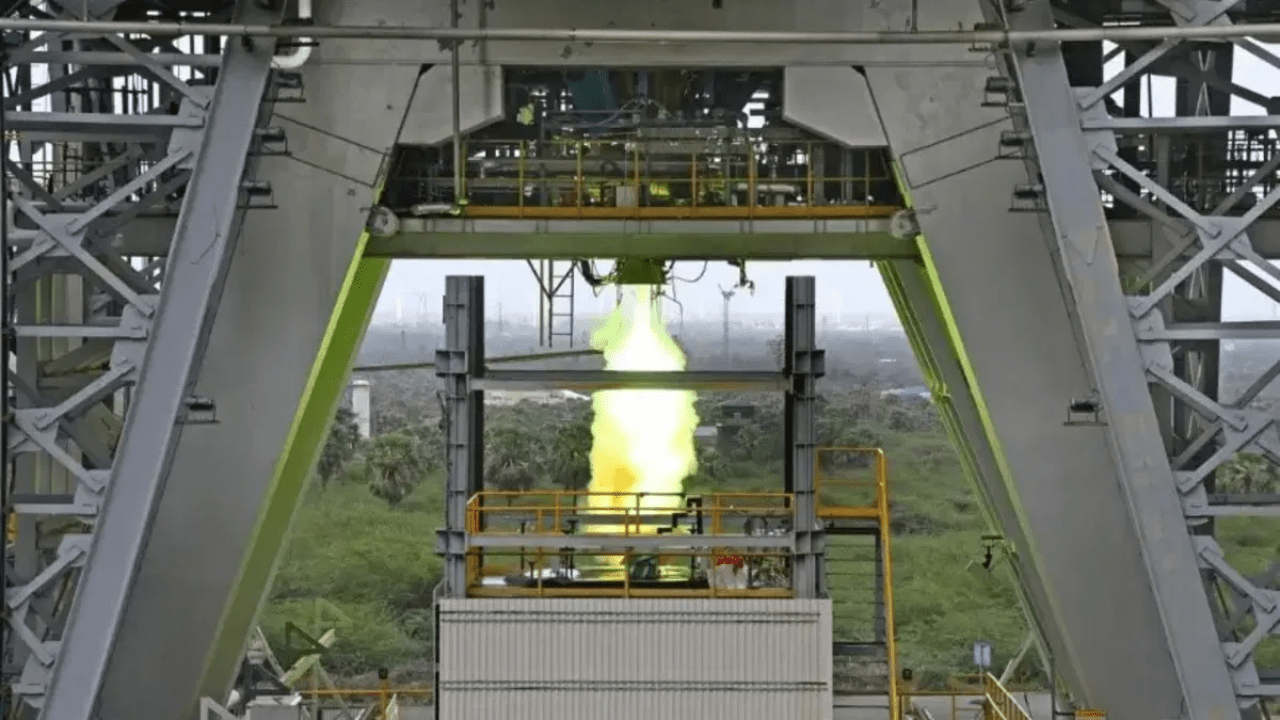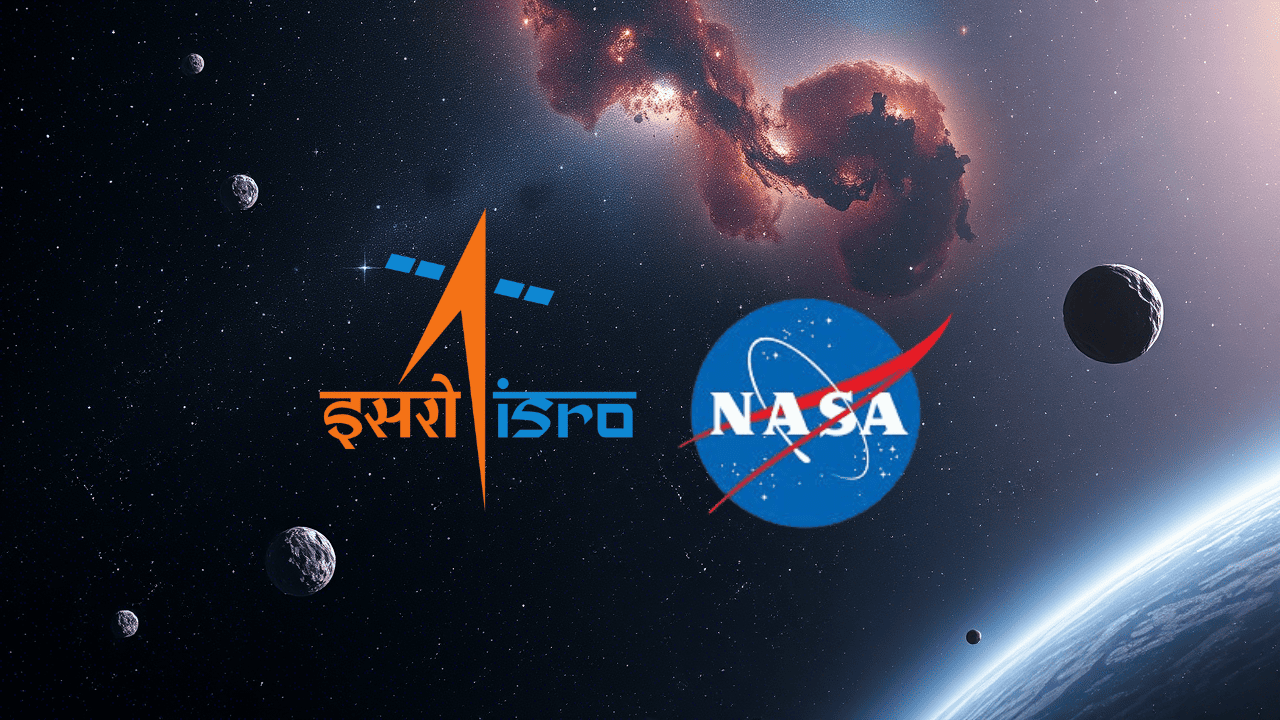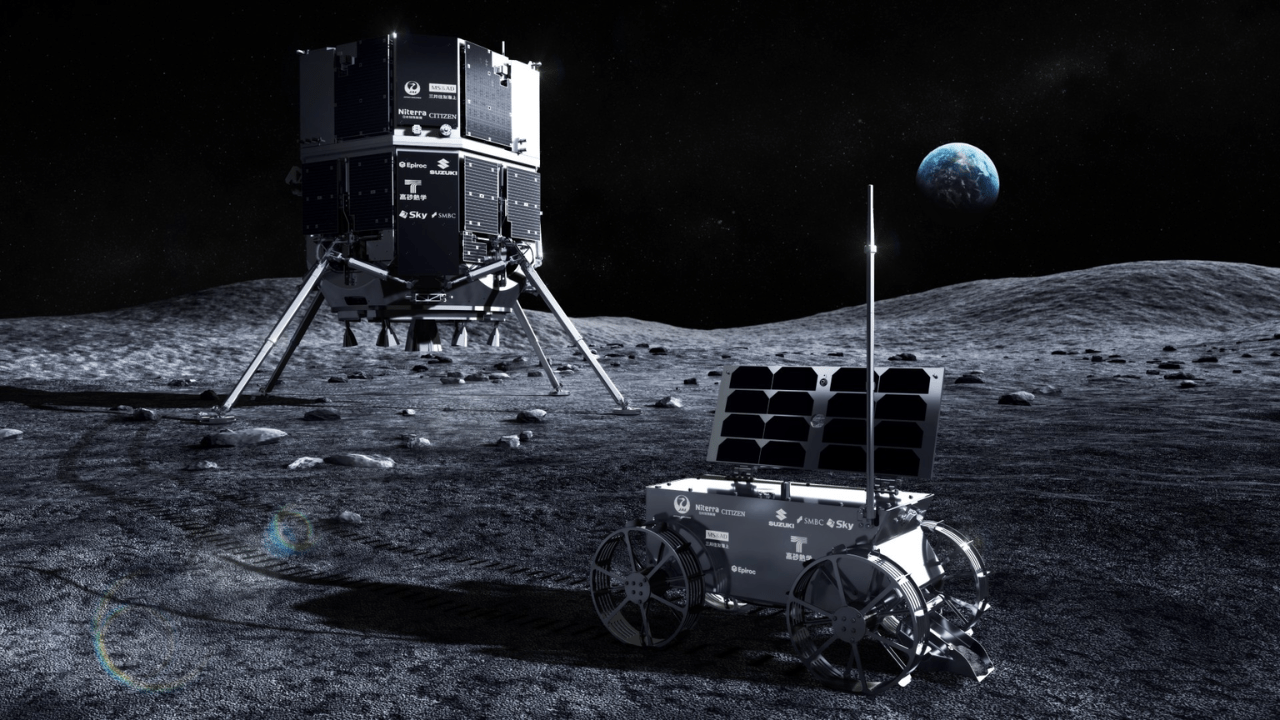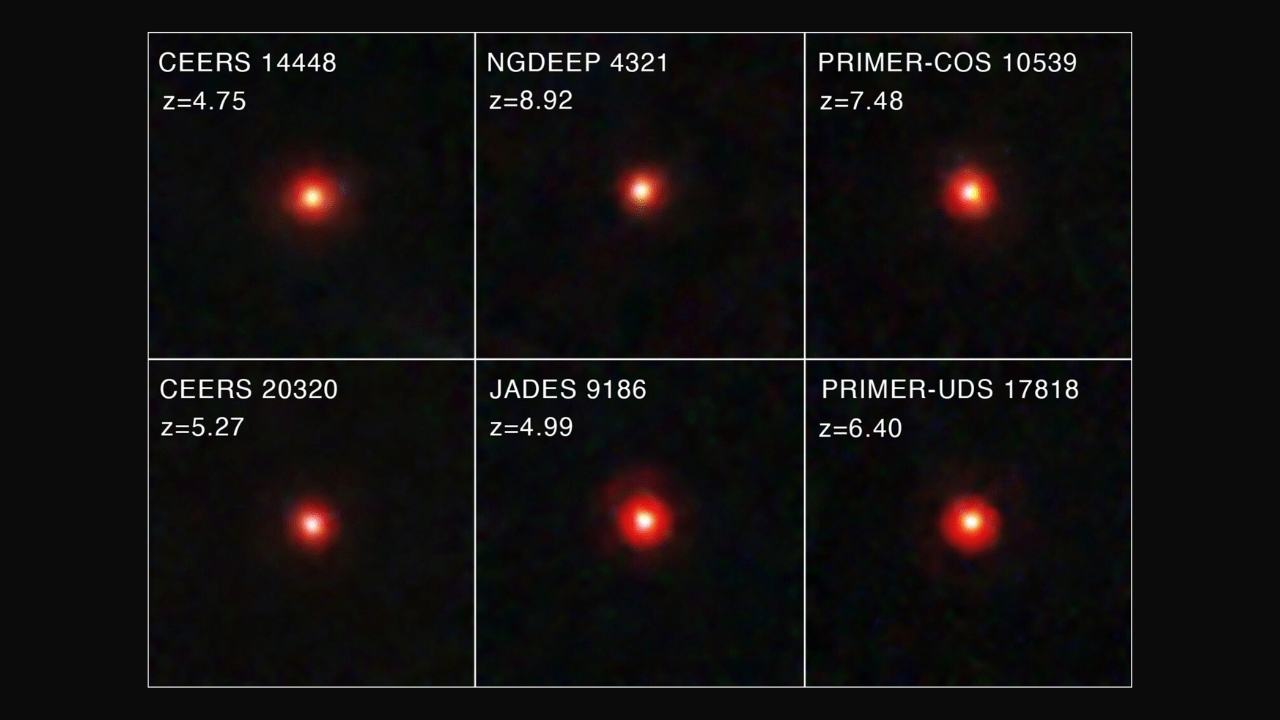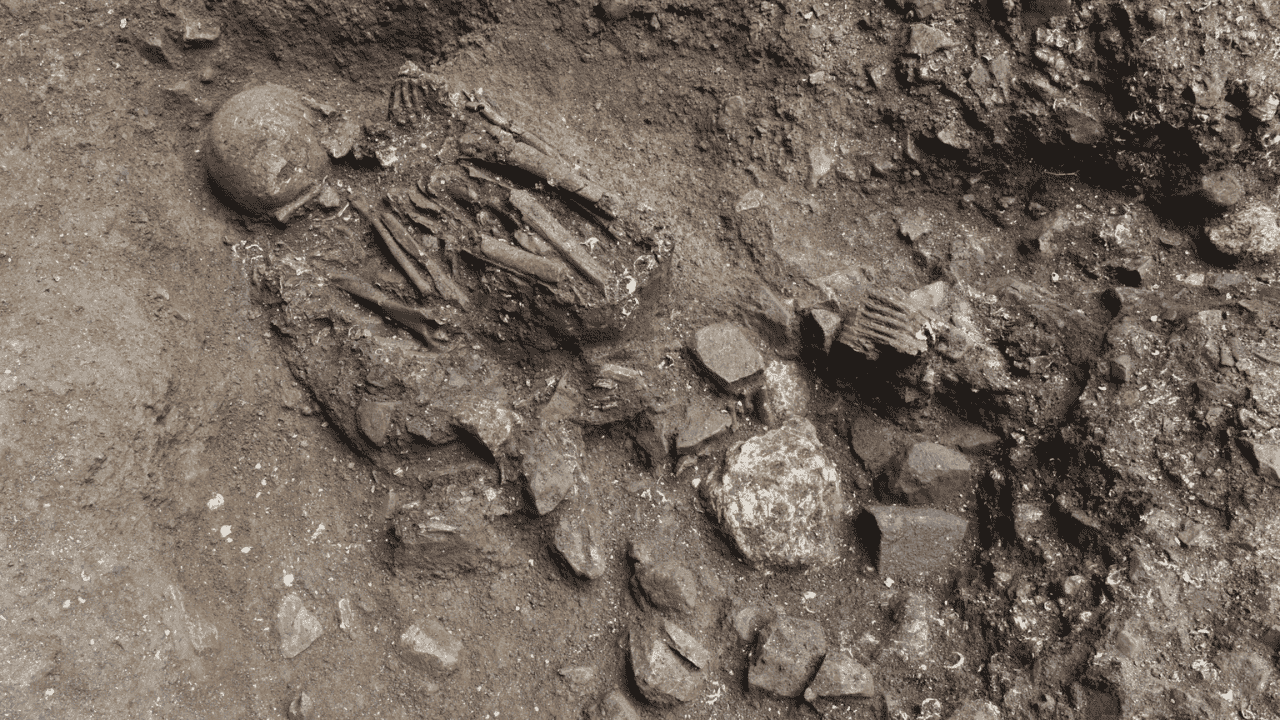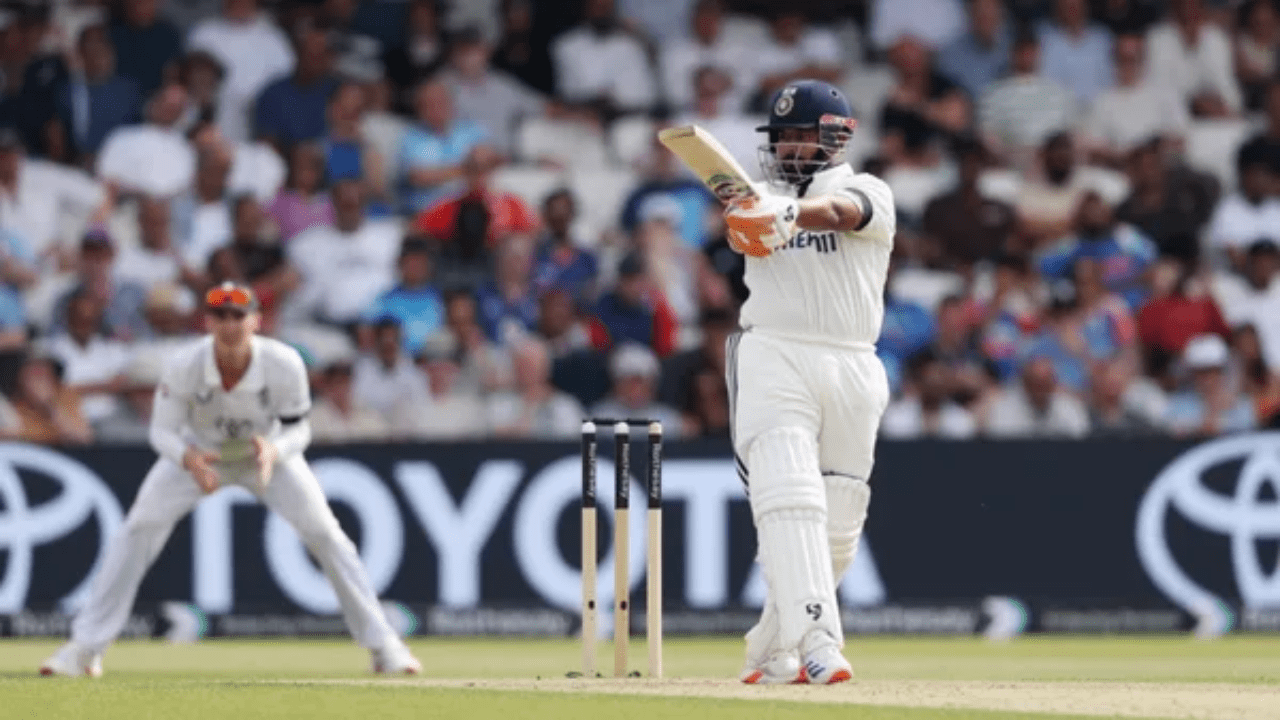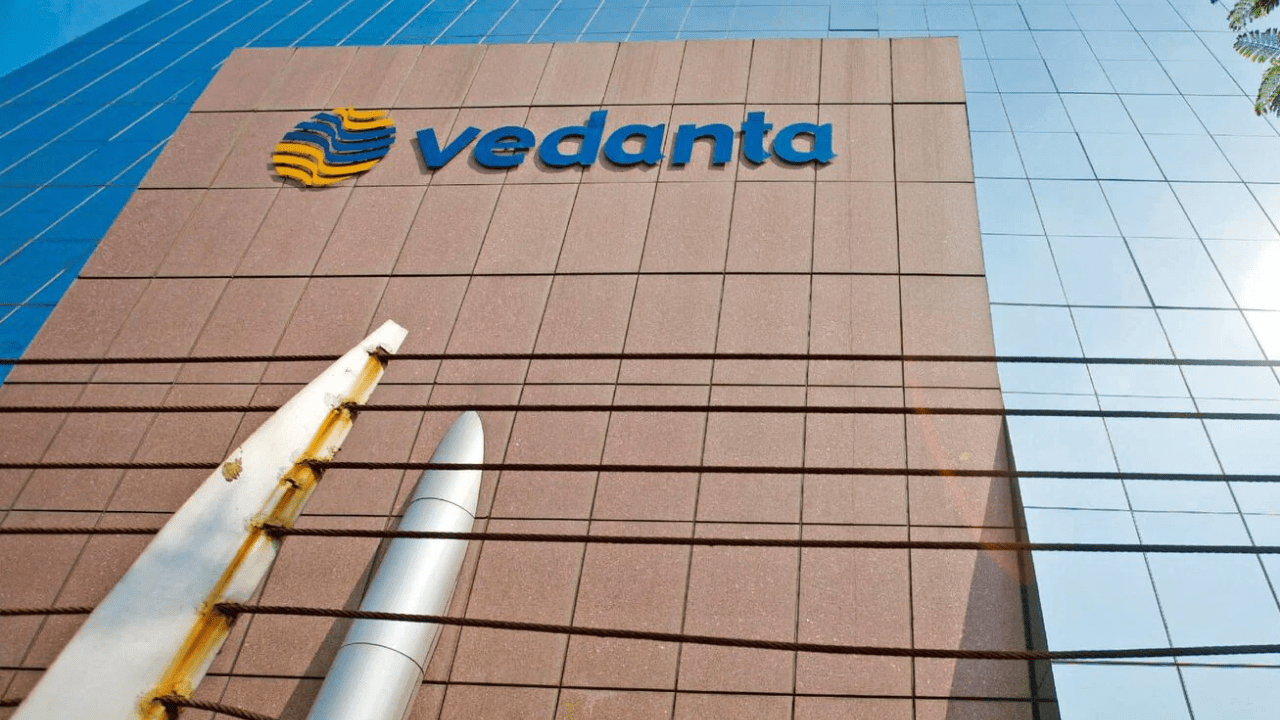On 28 May 2025, the Indian Space Research Organisation (ISRO) successfully conducted the third hot test of its semi-cryogenic engine Power Head Test Article (PHTA) at the ISRO Propulsion Complex (IPRC) in Mahendragiri. This milestone is part of a rigorous evaluation series for the 2000 kN-class SE2000 engine, which will eventually power ISRO’s new SC120 stage—set to replace the L110 core on the LVM3 launch vehicle.
Key Highlights of the Third Hot Test
- Date & Location: 28 May 2025, IPRC Mahendragiri
- Test Duration: 3 seconds
- Objective: Finalize and fine-tune the start-up sequence for the SE2000’s oxidizer-rich staged combustion cycle
- Engine Specs:
- Propellants: Liquid Oxygen (LOX) and Kerosene
- Thrust Class: 2000 kN
- Chamber Pressure: 180 bar
- Specific Impulse: 335 seconds
This trial specifically validated the start-up system and performance of both the low- and high-pressure turbopumps, pre-burner, and related control mechanisms. Unlike the previous two tests (on 28 March and 24 April 2025), which ran all subsystems except the thrust chamber, the third test honed the ignition sequence to ensure a smooth firing.
From Initial Trials to Integrated Engine Tests
- First Hot Test (28 March 2025):
- Duration: 2.5 seconds
- Focus: Smooth ignition and bootstrap operation
- Second Hot Test (24 April 2025):
- Duration: 3.5 seconds
- Focus: Start transient build-up and complete start-up sequence
- Third Hot Test (28 May 2025):
- Duration: 3 seconds
- Focus: Fine-tuning the start-up sequence for final validation
With successful subsystem validation, ISRO will now proceed to integrated engine-level trials of the SE2000. Once fully qualified, the SE2000 will power the SC120 stage, boosting LVM3’s capacity from 4 tonnes to 5 tonnes for Geostationary Transfer Orbit (GTO) launches and from 8 tonnes to 10 tonnes for Low Earth Orbit (LEO) missions.
Why the SE2000 Matters
- Higher Efficiency: The oxidizer-rich staged combustion cycle offers a significant performance leap over the existing hydrazine-based L110 stage.
- Payload Boost: An additional 1 tonne to GTO and 2 tonnes to LEO translates to more satellites per mission or heavier single payloads.
- Strategic Advantage: Enhanced launch capability strengthens India’s position in the global commercial and science satellite market.
As ISRO gears up for the next phase of testing, space enthusiasts and satellite operators alike will be watching closely. The SE2000 represents a major step forward in India’s launch vehicle technology—and this third hot test brings the agency one step closer to operational readiness.
